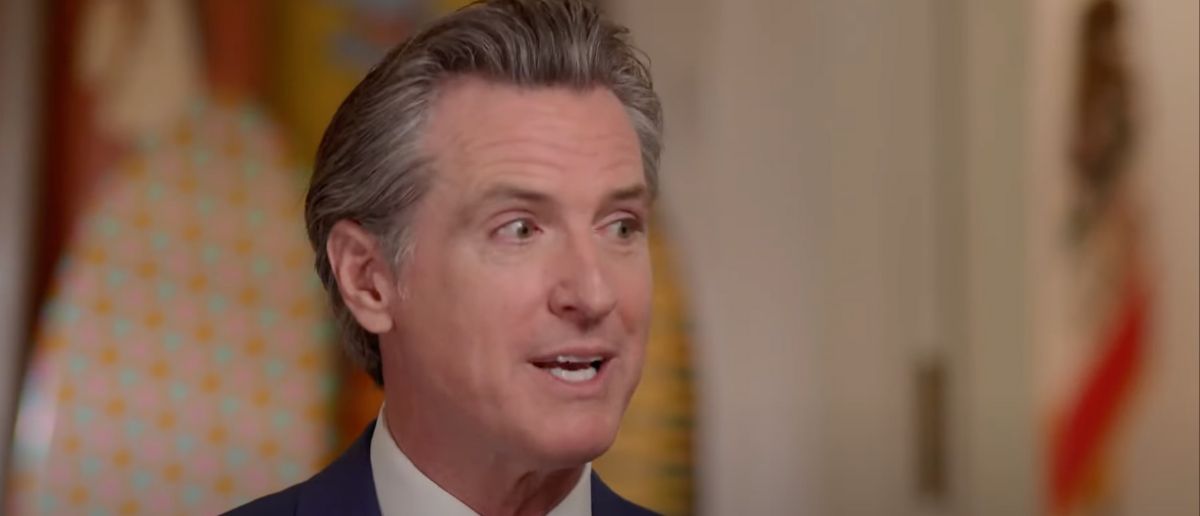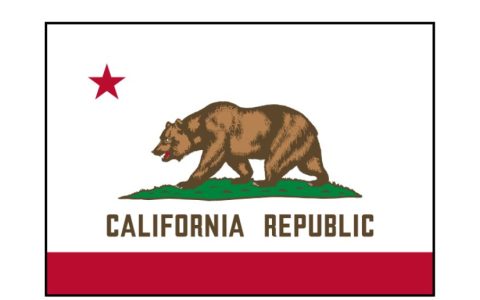
Donald Trump’s team has been on a warpath. But a huge issue is right around the corner.
Because a horrific report on the economy just hit President Trump’s desk in the Oval Office.
Dollar Plummets to 52-Year Low as Trump Admin Treads Carefully on Trade
The U.S. dollar has experienced its worst first half of a year since 1973, dropping nearly 11% against other currencies, according to data reported by The Guardian. The decline, which marks the dollar’s steepest half-year fall since the second half of 1991, has pushed its index to the lowest level since March 2022. Meanwhile, the UK pound has surged to a three-year high of $1.37, up from $1.25 at the start of 2025.
The sharp sell-off in the dollar has raised concerns among investors about the economic policies of President Donald Trump’s administration. Some economists point to proposed tariff increases on U.S. trading partners as a key factor eroding confidence in dollar-denominated assets. The administration’s “Big Beautiful Bill” is also expected to add to the national debt, further pressuring the currency.
“The US dollar is the most notable loser so far this year as it has lost 10% against other currencies, with investor concerns regarding Trump’s policies having weighed on the greenback. On the other hand, the euro has risen by 5%,” analysts at UniCredit Bank stated.
Amid these economic challenges, the Trump administration is actively pursuing trade deals to bolster American competitiveness. On Tuesday, President Trump expressed optimism about a potential agreement with India, which could reduce barriers for U.S. companies and lower tariffs significantly. Speaking to reporters aboard Air Force One, Trump highlighted the opportunity to avoid the 26% tariff rate he announced on April 2, which was paused until July 9.
Trump's economy is booming. He's racking up win-after-win. Democrats are officially running out of ways to downplay it.
It sure is entertaining to watch them try though 🤣 pic.twitter.com/nIp7rcnVP2
— Scott Jennings (@ScottJenningsKY) June 29, 2025
“Right now, India doesn’t accept anybody in. I think India is going to do that, if they do that, we’re going to have a deal for less, much less tariffs,” Trump said. Treasury Secretary Scott Bessent echoed this sentiment, telling Fox News that the U.S. and India are nearing a deal to lower tariffs on American imports. “We are very close with India,” Bessent said, emphasizing progress in negotiations as the July 9 deadline approaches.
Indian officials extended their visit to Washington through Monday to finalize discussions with the Trump administration, according to Indian government sources. The talks aim to address concerns on both sides and secure an agreement before the tariff pause expires.
A White House official familiar with the negotiations indicated that the administration is prioritizing trade deals with countries like India over Japan in the lead-up to the deadline. India is among more than a dozen nations racing to avoid a steep tariff hike, which could see rates rise to 27% from the current 10% if no deal is reached.
However, the U.S.-India talks have encountered obstacles, particularly over import duties on auto components, steel, and farm goods. These sticking points highlight the complexity of negotiating trade agreements under tight deadlines.
In contrast, President Trump expressed skepticism about reaching a deal with Japan. Speaking to reporters, he suggested that Japan’s refusal to accept U.S.-grown rice—a demand he described as “an easy one”—could derail negotiations. Trump also complained about Japan’s significant auto exports to the U.S.
“We’ve dealt with Japan. I’m not sure we’re going to make a deal. I doubt it,” Trump said aboard Air Force One.
The president indicated he is unlikely to extend the July 9 deadline and may impose tariffs as high as 30% or 35% on Japanese imports, well above the previously announced 24% rate. “So what I’m going to do, is I’ll write them a letter saying we thank you very much, and we know you can’t do the kind of things that we need, and therefore you pay a 30%, 35% or whatever the numbers that we determine,” he said.
So far, only Britain has secured a limited trade agreement with the Trump administration, accepting a 10% U.S. tariff on various goods, including autos, in exchange for special access for aircraft engines and British beef. This deal serves as a model for other nations seeking to avoid higher tariffs.
As the Trump administration navigates these trade negotiations, the declining dollar warns of the delicate balance it must strike. The administration’s push for favorable trade terms aims to strengthen U.S. economic interests, but the looming tariff hikes risk further unsettling markets and weakening the dollar’s global standing.
With the July 9 deadline approaching, the administration faces mounting pressure to secure deals that protect American businesses while maintaining economic stability. The outcome of these negotiations could shape the trajectory of the U.S. economy in the second half of 2025.
Stay tuned to the DC Daily Journal.





